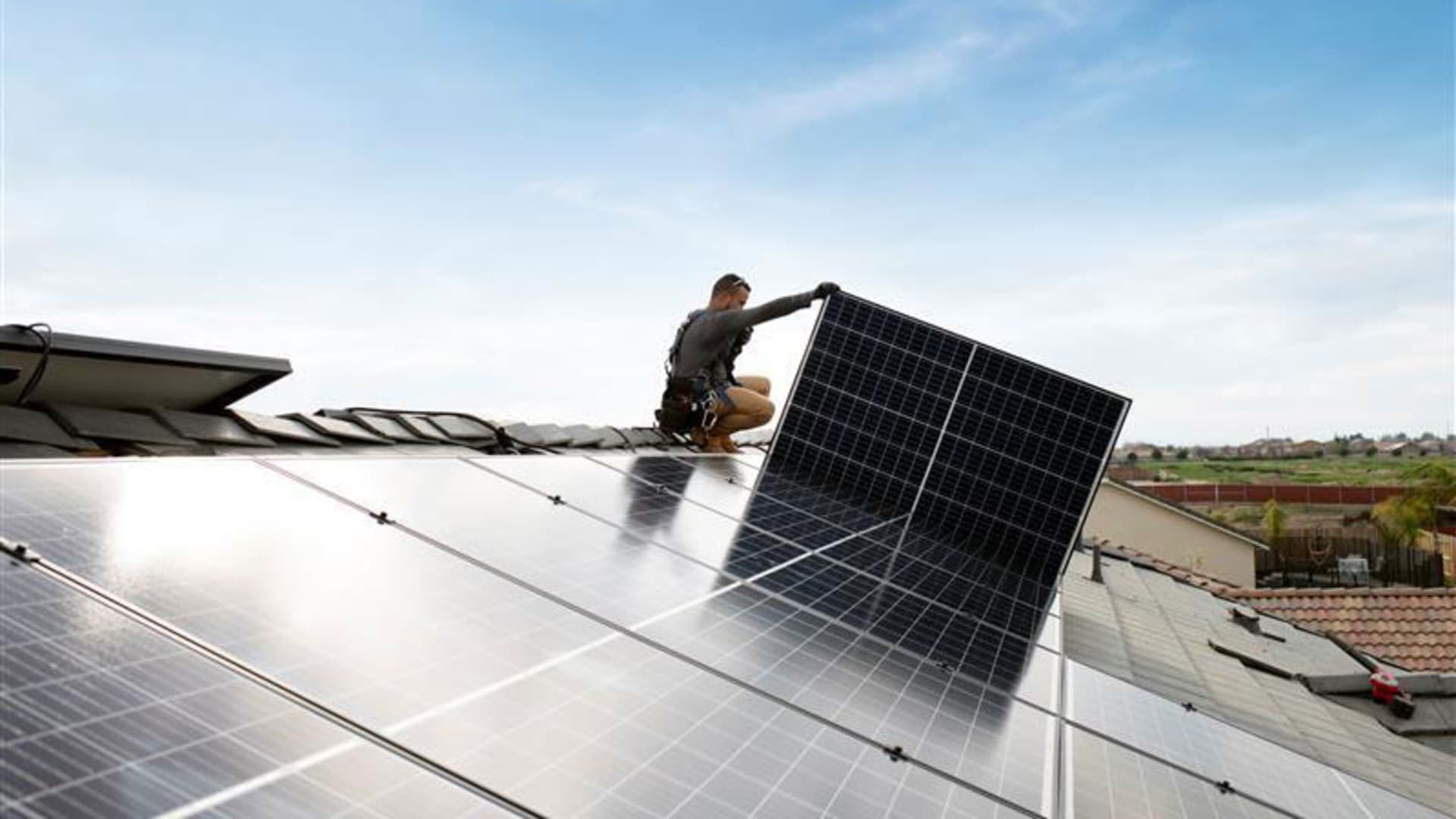There’s a weird new hobby that looks like it’s becoming increasingly popular on YouTube: the construction of fully functional hydroelectric dams. They don’t just look like full-scale dams, either. They have real generators built in using small DC motors that are actually turned by water coming through the dam’s plumbing.
Here’s probably the coolest one, a replica of Hoover Dam:
Not only did the boy build a dam that outwardly resembles the real dam that straddles the Arizona-Nevada state line and holds back Lake Mead, but he also tried to use similar construction methods where possible. The dam is built from real concrete with reinforcing mesh, for example. He used what looks like PVC pipe for all of the dam’s plumbing, probably because that is a tough thing to make out of concrete.
He tried to replicate most of the dam’s details, including the dam’s intake system, the roadway going over the top, and both the power station and the spillways. He even wired up street and architectural lighting that is powered by the dam’s power station.
For actual power generation, he has small water wheels that go part way into the dam’s water tubes. These wheels turn small DC motors that generate the power for the dam’s lighting. These small generation units are hidden beneath a replica of Hoover Dam’s power station.
This cool little replica wasn’t enough, though. He also wanted to build a miniature version of the Mike O’Callaghan–Pat Tillman Memorial Bridge that keeps the non-tourists from needing to travel over Hoover Dam. It used to be a long and slow process to cross the Hoover Dam, especially after 9/11, when vehicles had to be searched for explosives. Now, people passing by on the new Interstate 11 can take the bypass bridge.
Another YouTuber built a dam with a generator in the spillway.
This probably doesn’t capture as much gravity energy as one with the pipes running under the dam, but he did build a path in the spillway designed to make the water go into a vortex as it drops, which pushed the little DC generator pretty well. Real dams are sometimes built this way, especially when the plan isn’t to create a reservoir. Letting the water go on by instead of backing up and creating a lake allows hydro power without storage.
This approach seems weird to me, but I live in the American West, where we try to hang onto every drop we can, and then are wasteful with it. Like the last dam, this one used hydroelectric power to light up the decorative lighting on a little road or walking path atop the dam.
Now, some readers are probably thinking, “So what? These are toys. They’re doing nothing useful.”
Other than the educational value of these dam videos (kids watch YouTube a lot these days, and these sorts of things inspire young minds), you’re absolutely right, my dear hypothetical readers who serve as a weird plot device. But, there are some miniature dams doing acutal work.
Here’s one built by Construction General, that uses a spillway generator to power an irrigation/sprinkler system:
While it’s not automated, the spillway’s generator powers a pump behind the dam that pushes water out to water nearby plants. So, the dam provides both water and power, like a real dam. This is definitely on a small scale, and isn’t even at a level that most people would consider to be agricultural, but like the others, it’s a neat educational project.
If someone had a small stream running on their property, they could theoretically build something like this and water a small garden with it. Add some timers or other automation, and the dam could manage the garden’s watering all by itself.
Some people are doing even more with small dams, heading in the direction of the big hydroelectric dams we’re all used to. In this below video, the owner of a small reservoir in North Carolina shows off his small siphon-powered hydroelectric generator.
The dam obviously wasn’t built for this project, as it looks like it’s been there for decades. It’s probably there for some sort of flow control, fishing, or agricultural purpose. But, this retrofit shows us that there is some real power potential with small dams to actually provide power to one’s home. We obviously can’t have small dams every few hundred yards on every little stream in the world to power people’s homes.
If you do have a stream on your land, keep in mind that scaling up these little projects is no guarantee of power. It takes a lot of planning and work to get a serious hydroelectric system right, and just one little error at any point in the chain can kill your system’s power output.
From an amateur perspective, the idea behind this water wheel setup looks sound. It’s a big wheel, it’s turning the belts right to get the little generator up to the manufacturer-recommended RPM, and it’s definitely got plenty of water to turn the wheel. In practice, though, the guy is only getting 50 watts into his off-grid cabin’s lithium battery bank, and that’s not enough to power the home all day. It could be a problem with the generator setup (it’s DC, and probably loses a lot of power along the wire), the wiring to the house (it may be of too small of a gauge), or something else entirely, but definitely do as much planning as you can if you’re serious about a small dam!
Back to the little baby dams, it’s very interesting to see people taking up renewable energy as a hobby. Not only does it make for entertaining videos that inform and inspire people, but it’s also a great way for people to see that you don’t need fossil fuels to get something done. Just busting the myth that all energy needs to come from polluting sources is valuable all by itself.
Do you know of any cool small hydroelectric projects? I’d definitely like to see more of these. Let us know all about them in the comments!
Featured image: A screenshot from the first video, showing a tiny, but fully functional replica of the Hoover Dam.
Appreciate CleanTechnica’s originality? Consider becoming a CleanTechnica Member, Supporter, Technician, or Ambassador — or a patron on Patreon.




